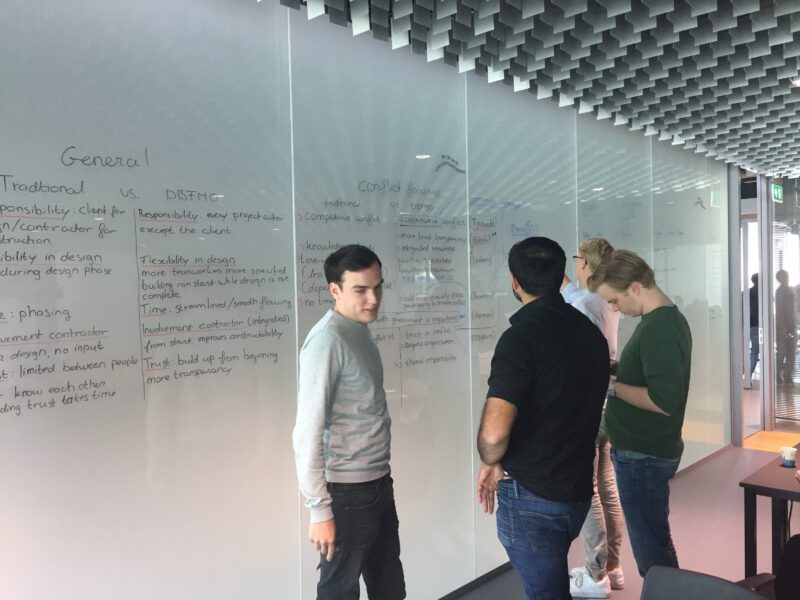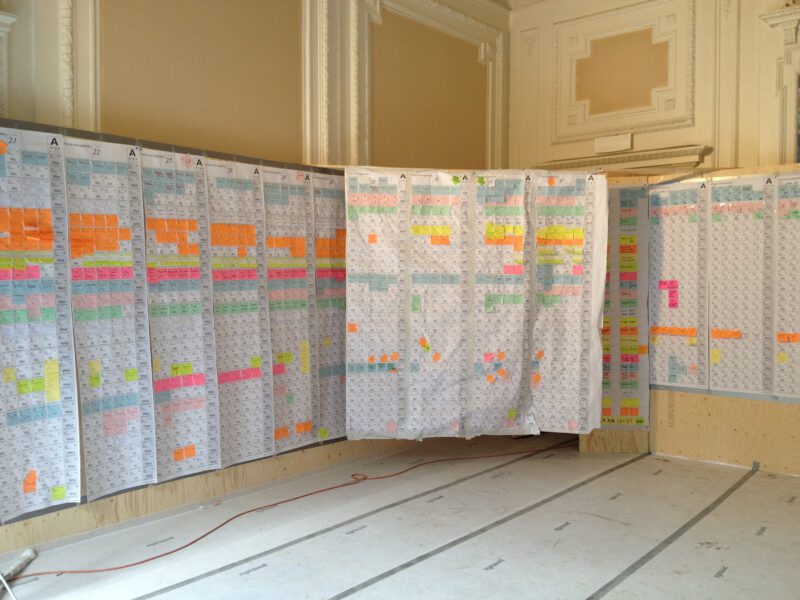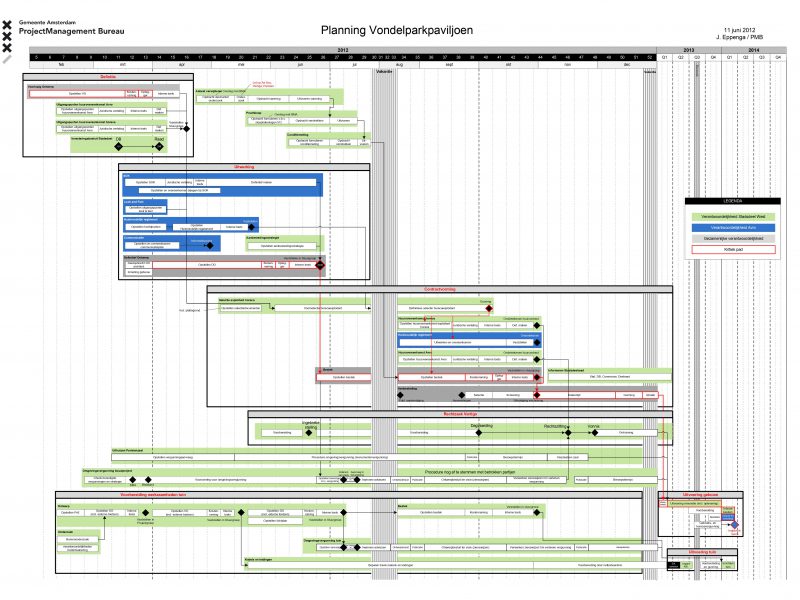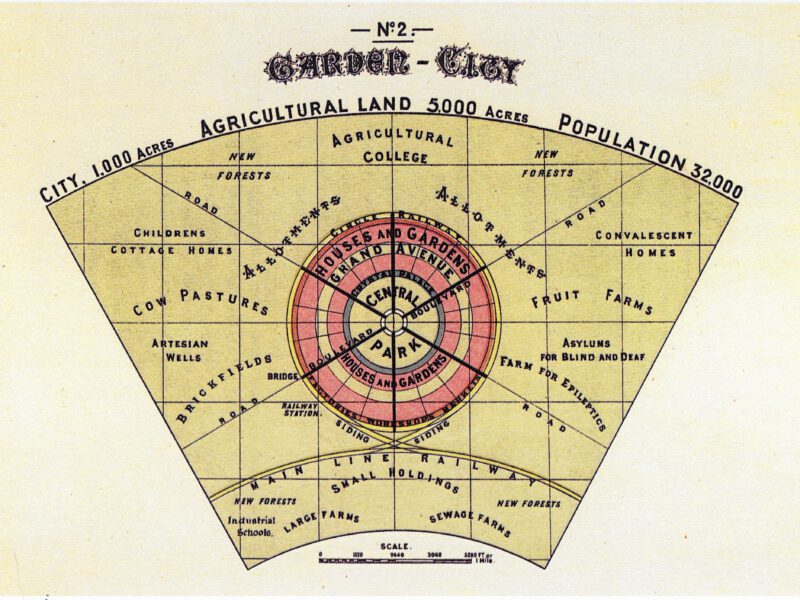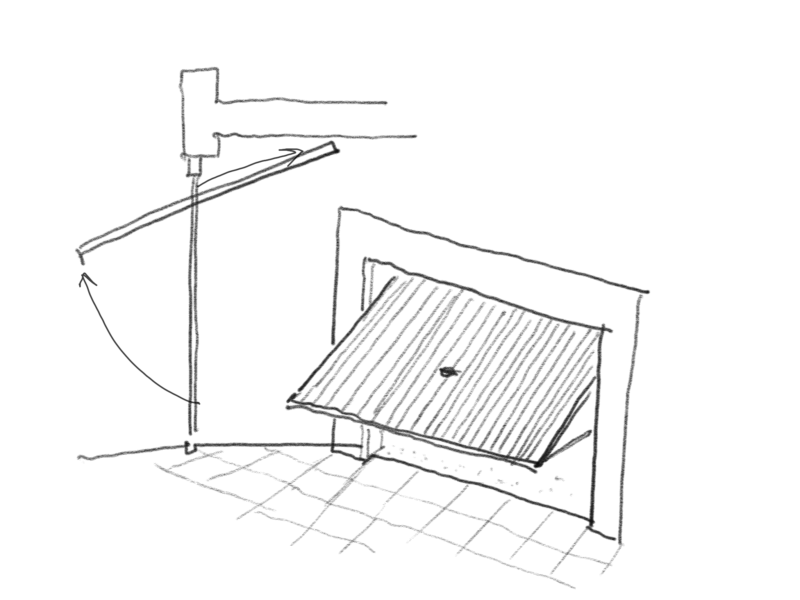An important issue that needs to be designed while setting up a project is the organization. We know an organizational strategy needs to be determined early in the process. At least during the project definition in which the brief or the output specifications are defined. The way you can or will design the organisation is according to the literature dependent on several aspects that relate to the nature and characteristics of the project and its context.
The question is of course what aspects or criteria influence the definition of the organization? Winch, in our textbook, brings several dimensions together that could be influential for the organization of a project. He defines 4 dimensions, and he calls it the classification model. The first dimension is Mission Uncertainty, the second dimension is Mission Emphasis, the third, is Importance, and the fourth is Repeatability. This is represented in the three-dimensional model below. (Winch 2011, p190).
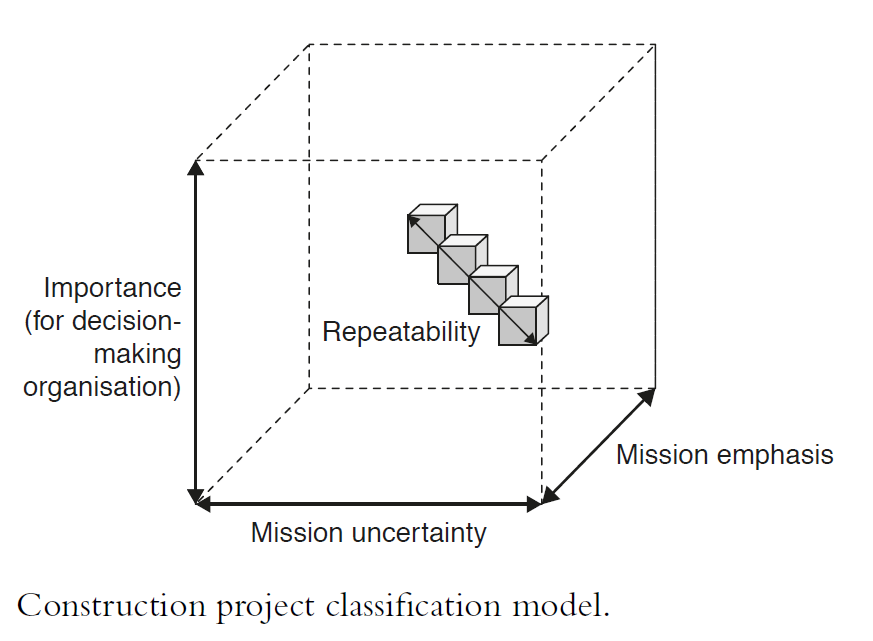
Let’s try to make sense of the four dimensions. How can the dimensions be explained? The first dimension, Mission Uncertainty is a fundamental problem of every project. At the beginning, we know nothing about the project and at the end, we know everything. Along the way information grows, people make sense of the information, and everything becomes clear to the end. We have projects that have a high level of uncertainty, and we have projects with a low level of uncertainty. There are difficult projects and there are simple projects. Building a shed in the garden is maybe a simple project with a low information level and a few stakeholders. You can design and build it yourself with the help of some handy friends. Let’s call it – in analogy to the literature – the in-house achievement. Building a highway through several municipalities, with bridges and tunnels over a river and a train track is a different league. Dozens, maybe hundreds of designers, advisors, builders, suppliers, subcontractors, and advisors will be needed for their expertise, politicians will be needed for decision making, the public needs to be involved and maybe financing the thing is almost a project on its own.
The next dimension mentioned is Mission Emphasis. The notion is explained in paragraph 3.8, and it is stated that product integrity has three dimensions: Quality of conception, Quality of specification, and Quality of realization. The first two are important and of great influence to define the organization the last one is important to run the project with the chosen organization. The dimension of Mission Emphasis of a certain project lies somewhere between conception and specification. Conception is about the added value the client aims for and specification is about the functional aspects that the realized facility needs to have.
For a new theatre, the added value (conception) is of great importance and is about the social impact, the symbolic quality, the urban impact and meaning, and political and public values. Of course, the specifications are also important but less than the symbolic quality.
If you think of a regular office, needed by the administrative department of an international trading company, the office needs to be fit for purpose and according to specifications. The conception is of less importance for the average department. Maybe this is different for the head office.
A standard office could be established as a turnkey project. Or the company could decide to find an office for rent. The only thing they need to take care of is the interior, furniture, and ICT stuff. The theatre may maybe very difficult to define, and design will be of great importance for the theatre, for the public, and for politicians and the users. Outsourcing this could be problematic and politically risky. Maybe the traditional way is appropriate here.
The third dimension is Importance. The importance for the decision-making organization; the permanent organization. It is the extent to which the project matters to the client, its supply chain, and external stakeholders. The level of importance is defined by three elements. The first is the scale of the project the second is the proportion of the project to the overall risk to the company (institution) and the third is the profile. The element of the scale is understandable, the bigger, the more important. But it’s also relative. A large project for a small organization is of extreme importance and high risk. A large infrastructural project for a country is maybe one of many. Profile is related to the impact. A small project could have a huge impact on a neighborhood. Think of an existing hotel used to accommodate refugees in a small village or a city neighborhood. A large project could be constructed without people notifying it for instance a windmill park at sea or the construction of a factory in the harbour of Hamburg or Singapore, far away from where people live.
The hotel will need great attention in managing the public debate, the press, the politicians involved, other external stakeholders, refugees, and aid organizations. While preparing the hotel in a physical sense to accommodate the people is a small work. Maybe this project is impossible to outsource and needs to be managed by a civil servant close to the responsible Alderman. The offshore work on the windmills is maybe best outsourced to a specialist consortium in a DBFM(O) way.
The last dimension is repeatability. Repeatability is explained as the difference between a one-off project compared to several similar projects as part of a program. This is also about learning and optimization. Maybe it is possible to outsource a number of these projects to one party or consortium, in an integrated way (DBFMO) or as a framework agreement.
The drawing used by Winch (Figure 1) is not very clear to me. The question is what it represents. In the sense that you might conclude it. I don’t see how you could draw a conclusion from the position of the little cube in the larger one. And you could know, by looking at the model, what to do with your project related to your organization.
This does not mean that the dimensions mentioned above are not of great value if you want to understand what type of project you are dealing with.

